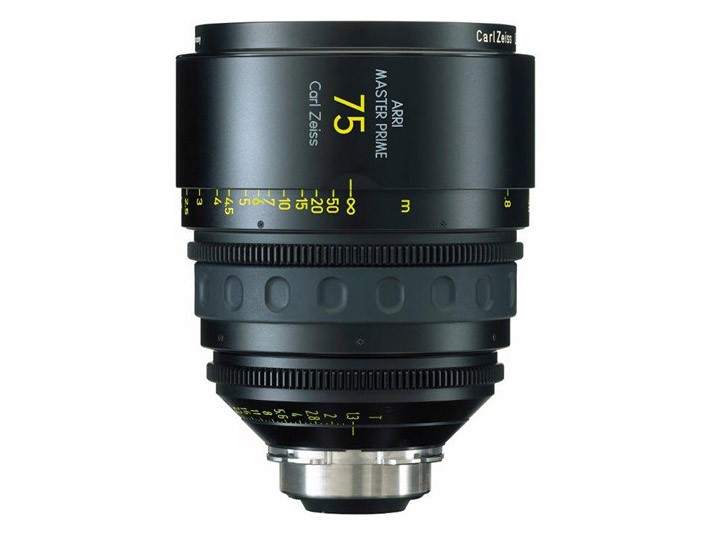

The sonoreactor showed the best efficiency of DNA fragmentation while simultaneously assuring no cross-contamination of samples, and was considered the best ultrasonic tool to achieve effective fragmentation of DNA at high-throughput and avoid sample overheating. Several ultrasound-based platforms for DNA sample preparation were evaluated in terms of effective fragmentation of DNA (plasmid and genomic DNA)-ultrasonic probe, sonoreactor, ultrasonic bath and the newest Vialtweeter device. The relative lack of specificity in degrading the DNA helix makes ultrasonication a complementary alternative to the highly specific fragmentation obtained by restriction endonucleases.
#Dna catalog system lens system free
Breaks in the DNA helix occur mainly between oxygen and carbon atoms, resulting in DNA fragments with a phosphorylated 5' end and a free alcohol at the 3' end. Following sonication, the distribution of the resulting DNA fragments approaches a lower size limit of 100-500 bp. Increasing the intensity of the ultrasound above 2 W/cm2 is followed by increases in single-strand ruptures due to the creation of free radicals by transient cavitation. Stable cavitation is seen at low intensities of ultrasound.

Two mechanisms are mainly responsible: cavitation and a thermal or mechanical effect. Ultrasonic degradation of DNA in solution occurs by breaking hydrogen bonds and by single-strand and double-strand ruptures of the DNA helix.


At intensities of ultrasound comparable to those applied clinically, ultrasonication is able to degrade purified DNA in aqueous solution, making ultrasonication a useful tool for preparing DNA fragments in vitro. Finally, we present the experimental results of DNA sheared to different mean fragment sizes using the proposed system and validate the shearing-capability of the proposed system.ĭifferent results are obtained when DNA in aqueous solution and DNA in biological tissue are exposed to ultrasound. The converged lateral acoustic waves are required to break the DNA sample-meniscus inside the tube and the rotational component of acoustic field is used to recirculate the DNA sample to get homogeneous shearing with tight fragment distribution. The proposed transducer structure generates bulk lateral ultrasonic waves in the DNA sample the lateral waves produce both convergence and vortexing effects in the sample. Each 90degree-transducer is excited with separate RF signal of same or different phase. Acoustic simulation results for particle displacement are provided for cases when one, two, three, and all four transducers in the array are excited with RF signals. Four 90-degree sector-transducers are used to build a circular array transducer. In this paper, we present the design of a Deoxyribonucleic Acid (DNA) shearing system based on unique acoustic waves generated using a phased-array Fresnel Lens transducer.


 0 kommentar(er)
0 kommentar(er)
